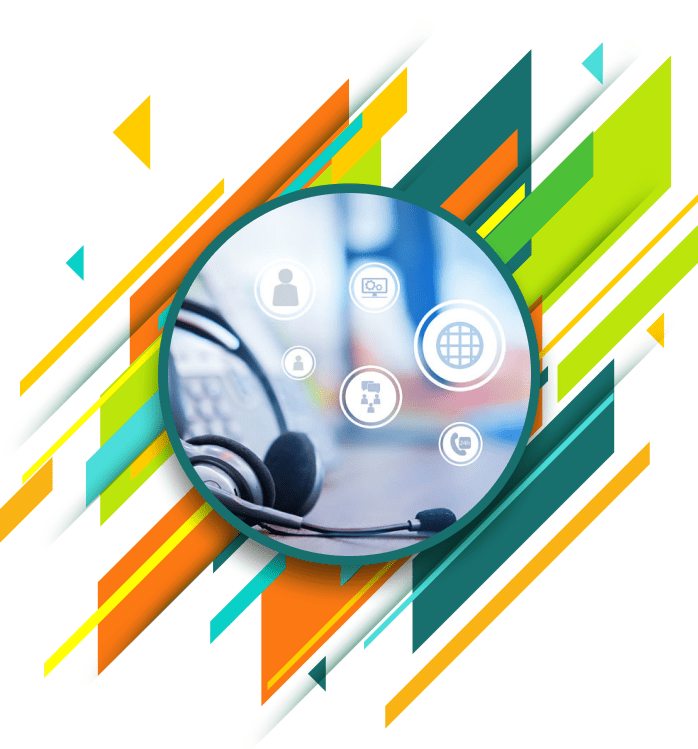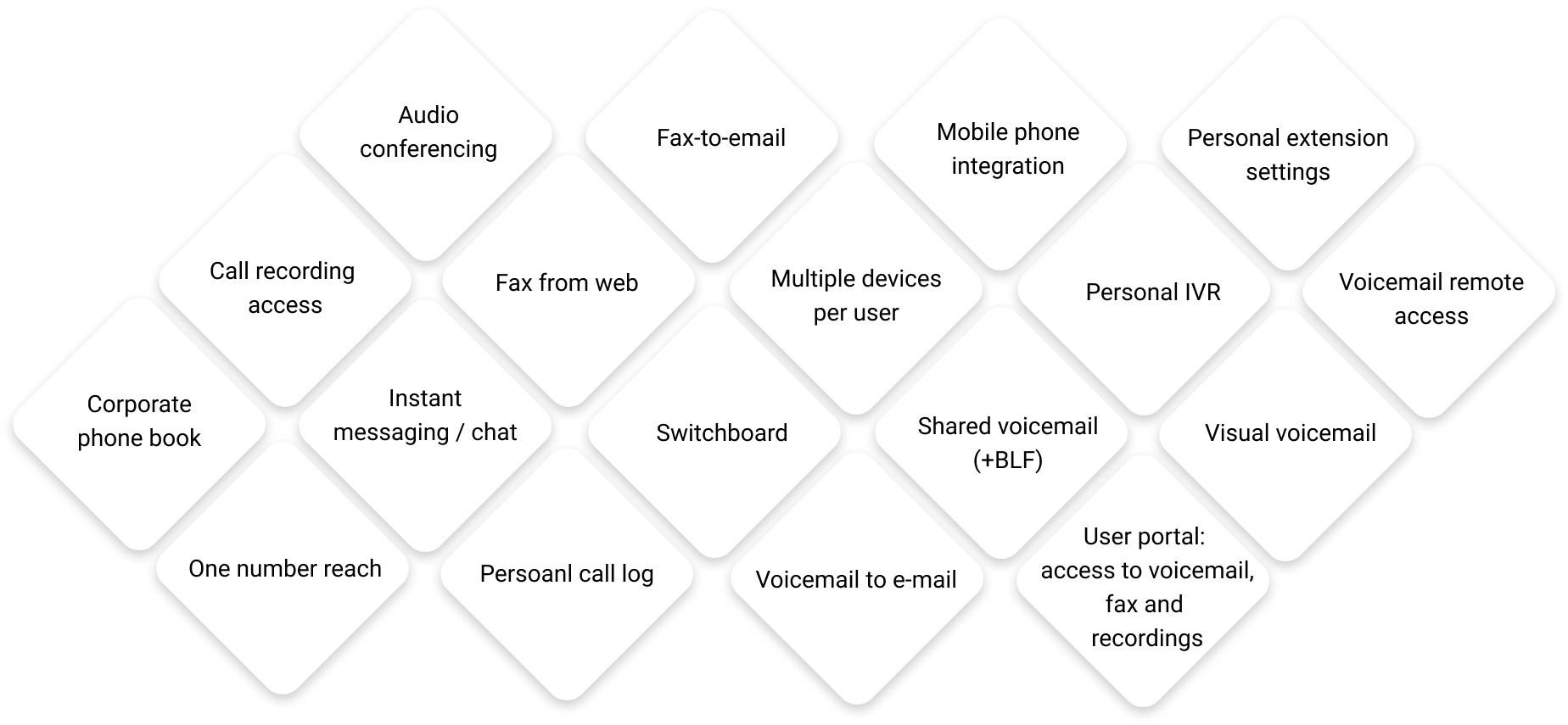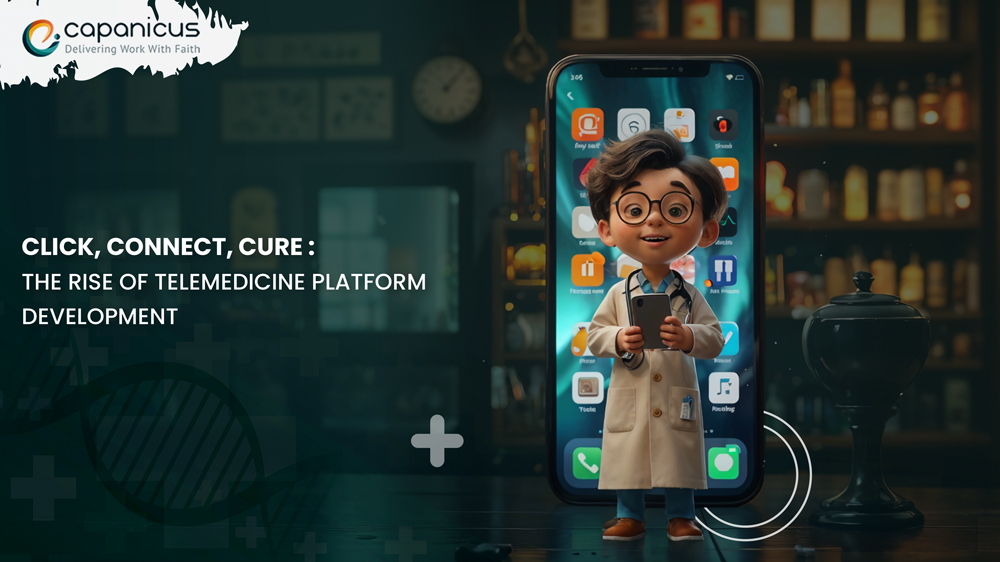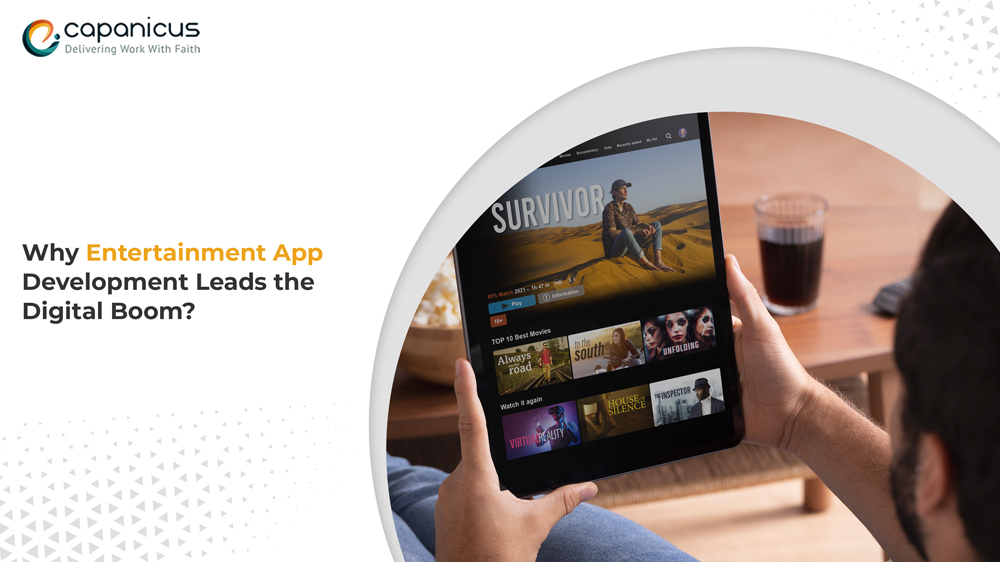By Capanicus 2025-04-21 10:11:52
We’ve all done it: We stayed up too late watching just one more episode, caught ourselves smiling at a live concert stream, and tuned into a podcast on a morning walk. That is the influence of entertainment applications; they are not only a pastime but a way to connect, get away, educate, and even be in a certain community. There is no escaping from the fact that the world is on the path of digitalization, the trend where an entertainment app is the use of the day in the digital explosion, and it makes perfect sense.
The Evolution of Entertainment in the Digital Space
The growth in mobile technology and network speeds are faster than ever, and people who are screen-first have joined in creating an incredible revolution. Customers are now wanting their entertainment to be on-demand, personally made, and accessible at any time.
This shift is driving a massive surge in:
OTT Application Development – Platforms like Netflix, Prime Video, and Disney+ set the standard. Niche content creators and new media brands want to offer the same experience, tailored to their audiences.
Streaming App Development: Music, gaming, fitness, webinars, and education go live in real-time and across devices.
Broadcasting App Development—Today’s users want to feel in the moment, wherever they are, whether watching live sports, attending virtual events, or watching influencers stream.
And that is exactly what we do at Capanicus—we turn that demand into beautifully built, scalable apps with real business results.
Why Entertainment Apps Matter More Than Ever
Here’s why businesses, creators, and startups are investing in entertainment app development:
People Live on Their Screens: Today’s users do not want to be told what to watch—they want to choose, save, share, and resume across devices. An intuitive, reliable app becomes their personal entertainment space.
Global Audience, Local Flavor: OTT and streaming platforms allow content to reach global users while offering regional languages, subtitles, and cultural nuance, making content more inclusive and accessible.
Data Fuels Better Content: From watch times to clicks and skip rates, apps generate powerful insights. Creators can now refine their storytelling with real-time feedback.
Monetization Made Smarter: With ads, subscriptions, in-app purchases, and even NFTs entering the entertainment economy, custom apps offer multiple ways to generate revenue without compromising experience.
Security & Control: Owning your platform means protecting your content, managing user access, and maintaining brand integrity. No algorithm changes. No external policies. Just your audience and your rules.
What Capanicus Delivers
At Capanicus, we combine technical expertise with a deep understanding of how people consume entertainment. Our end-to-end development process focuses on user experience, scalability, security, and speed.
Here is what we built:
OTT Application Development
This is for businesses that want to build their own Netflix-style experience. Our OTT solutions include:
Adaptive bitrate streaming
Multi-tier subscription management
Payment gateway integration
Multi-device compatibility (TV, web, mobile)
Advanced search, recommendations, and playlists
Streaming App Development
Whether you are building a live fitness class platform or an indie music channel, our streaming apps offer:
Real-time streaming with low latency
Interactive features like comments and reactions
Download for offline viewing
Robust analytics dashboards
Broadcasting App Development
Live sports. Events. Conferences. Worship services. We help you go live—professionally.
Scalable infrastructure
Live chat and audience engagement
Scheduling and archival support
CDN integration for global reach
Real Talk: It is Not Just Tech—It is Storytelling.
At the heart of every great entertainment app lies a compelling story. Whether you are a content creator, an event organizer, a fitness coach, or an indie filmmaker, your content deserves a platform that truly honors it. That is what we create. Not cookie-cutter apps, not recycled templates, but custom-crafted experiences designed to connect, entertain, and inspire.
Final Thoughts
We are living in a golden age of digital content, and the apps that power it are becoming smarter, sleeker, and more essential. If you dream of launching the next big streaming platform or building a niche content app that truly resonates with your audience, now is the time. Partner with Capanicus, and let us create an entertainment app that people do not just use but love. Let us discuss entertainment tech that works. Explore more at capanicus.com.
Read More








